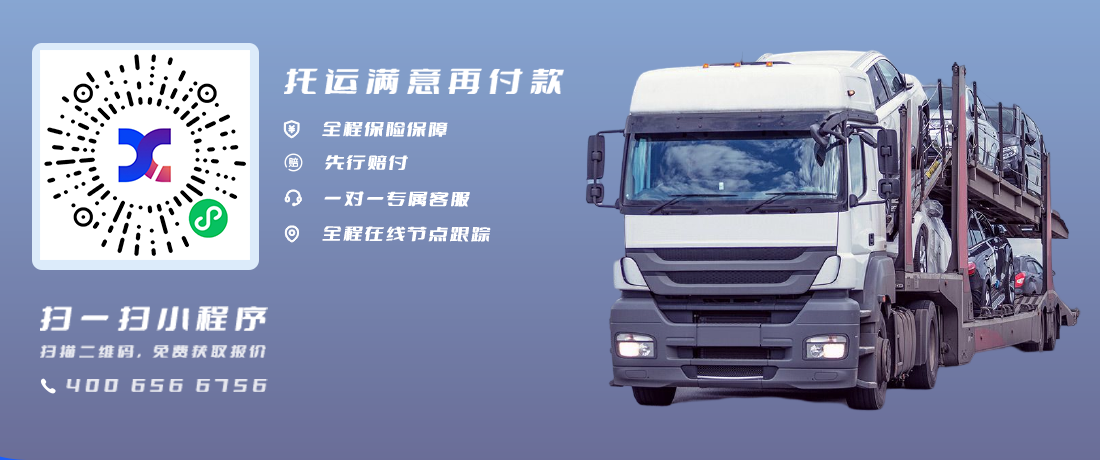迄今为止,只有迈阿密、科伦坡和香港三个港口宣布了结盟计划,随着航运市场的发展,各方也会更加理解和包容类似的港口联盟,就像理解和肯定航运联盟一样。
不过,港口联盟要想实现良性发展,也是有条件的。
首先要有完善的体系,也就说是,港口之间要主次分明,能够组成一个有机的整体。例如,联盟中应包括核心枢纽港、支线港、喂给港等,各港口都要对自身有一个明确的定位。
二是联盟内部的港口功能要匹配,减少成员之间的同质化竞争。
三是港口间的合作,除了可以采用互相参股、转股的方式,还可以不参股,而是通过业务互补,建立伙伴关系,形成支线港服务于干线港,干线港支持支线港的良性合作。
如果能做到这些,港口联盟的价值才能真正得到体现。
以下为航运咨询公司德路里Drewry近期在外媒发表的一篇对于港口联盟现状调查评析的文章《Drewry: ‘Key ingredients’ for strong terminal alliances》,原文如下:
Terminal alliances at container shipping ports sound good in theory, but they have to overcome various hurdles in order to actually be successful, which is why the progress for their establishment has been quite minimal, Neil Davidson, senior analyst for ports and terminals at Drewry, explained during a webinar last week.
Davidson said containerships are homogenous and terminals are not, so “like-for-like sharing of assets doesn’t necessarily prove to be the case in the terminal industry in the same way that it does for liner shipping.”
He added, “Terminal alliances can’t work on an ad hoc basis. You have to have certainty and predictability of what ships and services will call where.”
The sharing of yard equipment is another challenge and is dependent on proximity and whether the terminals have a common mode of operation, Davidson said.
He noted that it’s hard to find a win-win with terminal alliances as the more likely outcome is that one operator is happy while the other is not. Davidson said that since all terminals in a particular port will most likely suffer the same peaks and troughs, terminal mergers and acquisitions may end up being a better solution.
In regard to the “key ingredients” for successful terminal alliances, Davidson said a big plus is if the terminals are physically adjacent, with contiguous berthing lines.
Another key to success is if the terminals are similar in nature (size, draft, crane capability and yard equipment), he said, adding that it’s also better if the number of operators in the potential alliance is low.
“In general, the more parties that are involved, the harder it will be to find a workable terminal alliance,” Davidson said. “In fact, the ideal number really is just two operators. More parties mean more interests, greater complexity and additional challenges in finding a workable solution.”
It also helps if average terminal utilization is high and there’s a regulatory environment that is supportive of terminal alliances, he explained.
“Alliances and mergers between port authorities/port companies have been much more prevalent and successful,” Davidson said. “This may be because port authorities have less operational and commercial constraints to deal with. In general, they’re not operating cargo-handling terminals, and this is where the biggest challenges lie for the concept of alliances.”
Davidson said that to date, only three ports have announced plans to form terminal alliances: Miami, Colombo and Hong Kong.
In 2016, the two operators of specialized container terminals at Port Miami received approval from the Federal Maritime Commission for an alliance. “The Miami alliance is particularly logical as the two terminals are located adjacent to each other in the port,” Davidson said. “To date, the two operators have yet to fully implement the agreement and discussions remain underway.”
The Sri Lanka Ports Authority signed a memorandum of understanding in 2018 covering three terminals at the Port of Colombo, in which the Sri Lanka Ports Authority is the owner and operator of one and a minority shareholder of the other two.
“The intention is for the terminals to work together to coordinate operations and reduce waiting times for container vessels by allocating them to whichever terminal is available,” Davidson said. “Anecdotal evidence suggests that the alliance remains under development, although some progress has been made. For example, the three terminals are working closely together now to reduce inter-terminal truck transfers of containers.”
On Jan. 8, four terminal operators at the Port of Hong Kong — Hong Kong International Terminals Ltd., Modern Terminals Ltd., COSCO-HIT Terminals (Hong Kong) Ltd. and Asia Container Terminals Ltd. — announced their intention to form the Hong Kong Seaport Alliance (HKSPA) to enhance the competitiveness of the Port of Hong Kong, which has been losing business to nearby container ports over the last several years.
However, the Hong Kong Shippers’ Council lashed out against its formation. “The four terminal operators account for over 95 percent of container terminal business in Hong Kong,” the council said in a Jan. 9 press release. “The council is extremely worried about overwhelming market position of the alliance.”
On Jan. 10, the Hong Kong Competition Commission issued a statement saying it was conducting an investigation into the planned alliance.
The HKSPA issued a statement March 29 saying it had finalized its berth and yard planning strategies and its joint operating agreement was expected to be “progressively implemented” from April
1. “The 23 berths of the members of HKSPA will be divided into three terminal zones to provide greater efficiency to shipping alliances and individual carriers. Under the new arrangement, a number of efficiency enhancements will be introduced,” HKSPA said. “Among them, inter-terminal trucking will be significantly reduced, and in many cases eliminated, which will be an important step in bringing cost savings to customers.”
来源:互联网
本文由物流报平台用户攥写或转载并发布,转载目的在于传递更多信息,物流报仅提供信息发布平台。文章内容仅代表本文作者或原作者个人观点,不代表物流报立场。转载需注明来源及作者姓名。如内容(包含图片、视频、音频、文字)侵犯到您的权益,请来邮告知,并提供相关证明,经本平台核实后立即删除。E-mail:zhoulh@56tim.com








 苏公网安备 32040402000340号
苏公网安备 32040402000340号